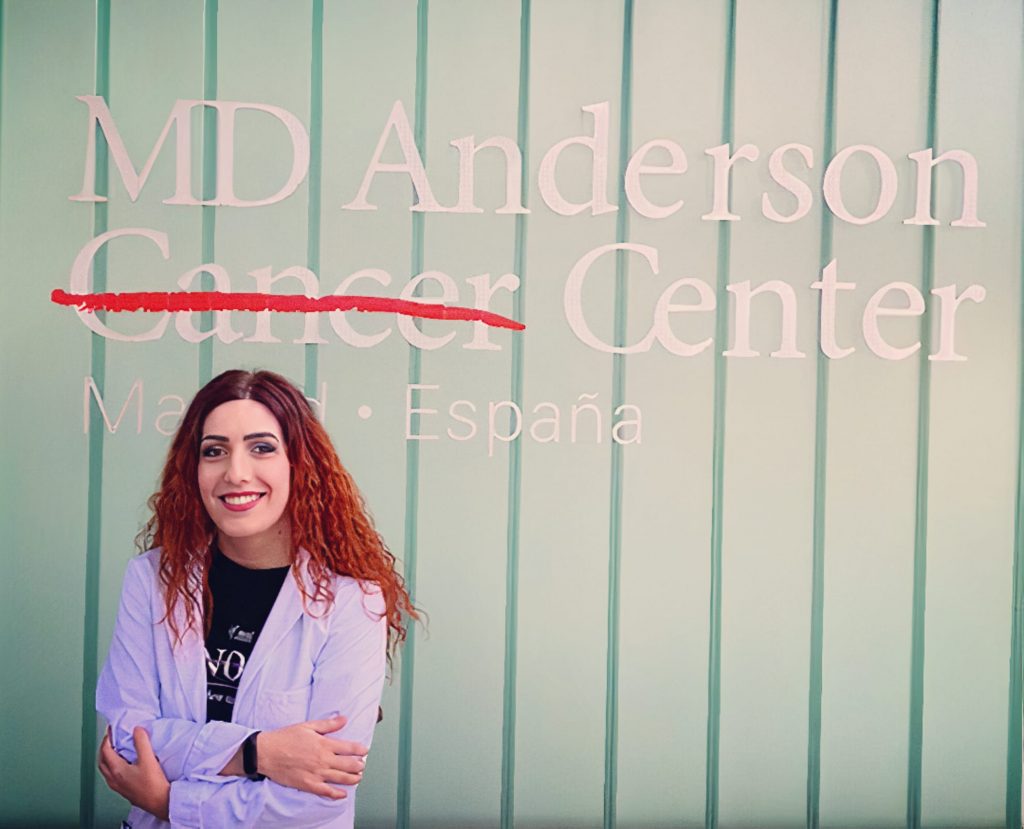
Tecartus
INTRODUCTION Tecartus is a new advanced therapy approved to treat adults with mantle cell lymphoma (MCL)¹. This disease is a lymphatic system cancer. Specifically, it
Ultrasound and magnetic resonance imaging (MRI) are frequent tools to evaluate if an area is a tumor candidate. However, in most cases, the only way to definitively diagnose cancer is to take a biopsy and look at those suspicious cells under a microscope. Sometimes, a biopsy will show that the suspected area contains only benign cells, indicating that treatments, such as surgery, radiation therapy, or chemotherapy are not needed. In other cases, a biopsy can discern how aggressive the cancer is and how advanced (stage and grade) the disease is. Furthermore, it can ease the determination of the type of cancer cells in the tumor. Together, this information can support the decision of the best course of action to treat cancer1.
Doctors remove a small portion of tissue from the suspected tumor or affected area during a biopsy. There are many different techniques for performing biopsies. For example, in a fine-needle aspiration biopsy, a doctor inserts a needle attached to a syringe into the suspicious area to remove a small amount of tissue for diagnosis. Another approach is an excisional biopsy, in which the doctor removes the entire suspicious mass for examination. Many biopsies are performed under imaging guidance, called image-guided biopsies, which use ultrasounds or computed tomography (CT) scans to locate problematic areas and collect samples1.

Typically, biopsy samples are preserved in special preservatives and sent to a pathology laboratory for processing3. Then, a pathologist looks at it under a microscope to complete the diagnosis. He is specialized in interpreting laboratory tests and evaluating cells, tissues, and organs to diagnose diseases1. The first step of tissue processing is ensuring that the tests are accurate based on the patient’s characteristics. Depending on the type of assessment required, the following steps may take hours or days. Pathologists identify other factors that affect treatment or recovery. These may include genetic characteristics that can determine treatment options or predict chances of recovery3. When he has finished, the biopsy tissue is stored for a long time. This way, the primary tumor can be checked if cancer recurs or spreads in the future. The pathologist can determine whether the original primary tumor has returned, or if it is a new tumor by looking at the sample again. He can also re-analyze the samples when new treatments based on tumor genetics emerge. Frequently, biopsy samples are used for research to discover new treatments and targeted therapies, only with the patient’s consent3.
Like every medical procedure, biopsies have some risks. For instance, there is a low risk of bleeding, infection, or tumor seeding. The latter is a rare condition in which a needle inserted into a tumor during a biopsy frees and spreads cancer cells. It is frequently known as needle tract or tract seeding because cancer cells grow along the needle tract. Much research has been performed on this topic, concluding that the incidence of needle track seeding is minimal (between 1 and 3 percent). Overall, while needle seeding during a biopsy is not impossible, it is uncommon, and biopsy benefits far outweigh the risks1.

Need more information? Talk with us
Looking for project funding? Talk with us
1. Can a Biopsy Make My Cancer Spread? Cancer.Net. 2021;
2. Biopsia renal – Mayo Clinic.
3. Biopsy: 5 Things Every Patient Should Know. Cancer.Net. 2016;

INTRODUCTION Tecartus is a new advanced therapy approved to treat adults with mantle cell lymphoma (MCL)¹. This disease is a lymphatic system cancer. Specifically, it

INTRODUCTION Kymriah (Novartis) is an advanced therapy medicine that belongs to the gene therapyproduct category. It is approved for B-cell acute lymphoblastic leukemia (ALL) in
| Cookie | Duración | Descripción |
|---|---|---|
| cookielawinfo-checkbox-analytics | 11 months | This cookie is set by GDPR Cookie Consent plugin. The cookie is used to store the user consent for the cookies in the category "Analytics". |
| cookielawinfo-checkbox-functional | 11 months | The cookie is set by GDPR cookie consent to record the user consent for the cookies in the category "Functional". |
| cookielawinfo-checkbox-necessary | 11 months | This cookie is set by GDPR Cookie Consent plugin. The cookies is used to store the user consent for the cookies in the category "Necessary". |
| cookielawinfo-checkbox-others | 11 months | This cookie is set by GDPR Cookie Consent plugin. The cookie is used to store the user consent for the cookies in the category "Other. |
| cookielawinfo-checkbox-performance | 11 months | This cookie is set by GDPR Cookie Consent plugin. The cookie is used to store the user consent for the cookies in the category "Performance". |
| viewed_cookie_policy | 11 months | The cookie is set by the GDPR Cookie Consent plugin and is used to store whether or not user has consented to the use of cookies. It does not store any personal data. |